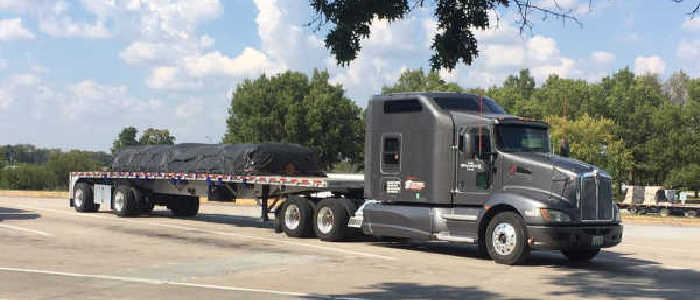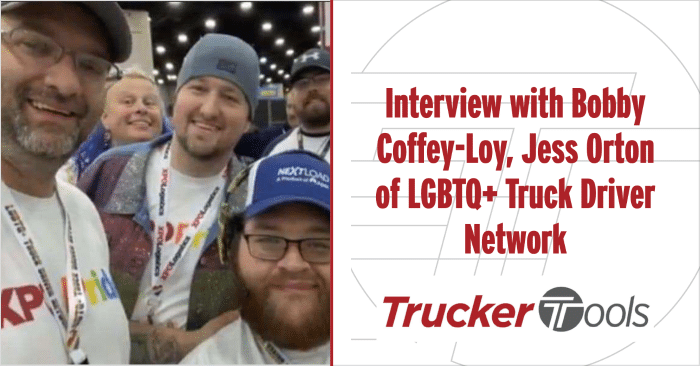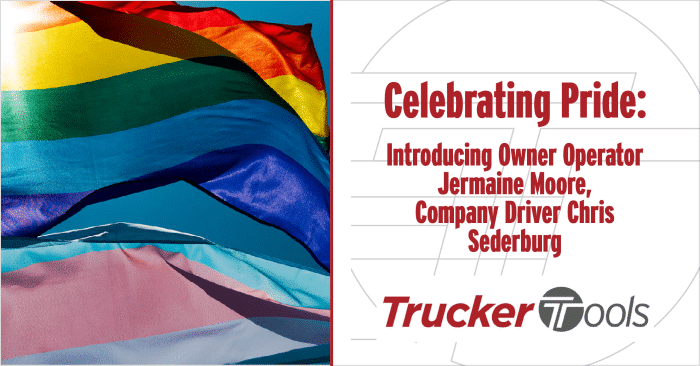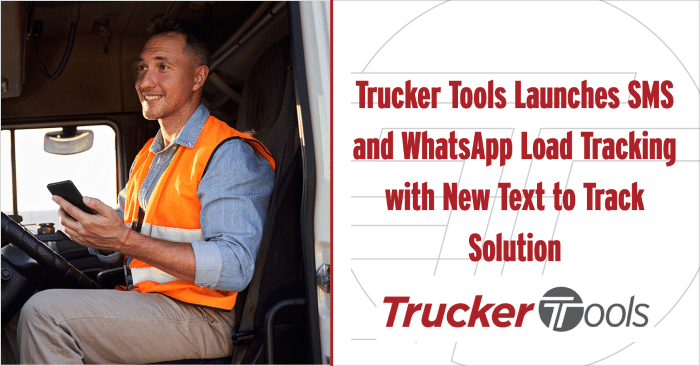We love talking to truckers and learning about tricks and tips for making life on the road easier. In our recent conversation with owner operator Rob Moore, we learned just how much money you can save as a trucker when you do simple repairs to your truck yourself. Rob also shared why he got into trucking in the first place and how the truckers non-profit group Redneckanize was founded. On the topic of hauling oversized freight, Rob offered some words of wisdom based on his experience running heavy haul. To learn more about the basics of heavy haul, check out our conversation with Rob below.
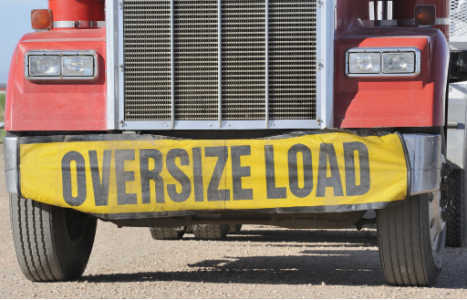
How Heavy Haul Is Different from Other Types of Trucking
“Every oversized load is different. It varies from oversized to oversized. You’re never going to get the same load twice. I’ve had big 12-foot wide crates with airplane parts inside. I’ve had containers and machinery. It takes a lot more room to turn corners and to go down a highway when you’re running heavy haul. There are restrictions on what roads you can go on. It depends on the permit that you have for traveling on that road. I’ve been as big as 14 feet wide on an oversized load. I couldn’t see behind my trailer. I had to have someone behind me, which is called a pilot car. The pilot car helped me out with going around corners and maneuvering around trucks.”
What You Need To Become a Heavy Haul Trucker
“You don’t need special training to haul oversized. You just need common sense and to be aware of your surroundings. You need to be aware of how wide you are. I have quite a few books on my truck and I have some websites saved on my phone to get the rules on what you need to run in each state and how wide you can be.
Heavyhaul.net is where I get most of my information for oversized. For each state, it has the requirements on how big, how wide and how tall. There’s information on each state’s rules on length and overlength, and when you can and can’t run. Some states have curfews or don’t allow you to run oversized on the weekends. Arizona is one of them. I know you can’t run past noon on the weekend with oversized.”
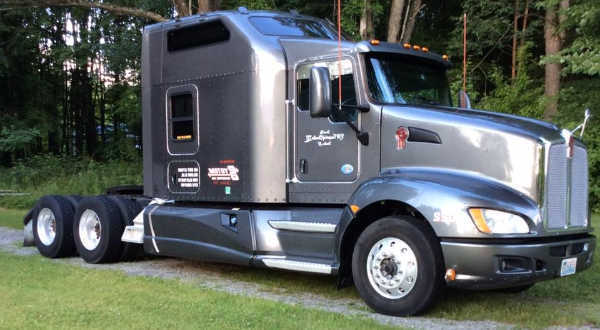
Common Mistakes New Heavy Haul Drivers Make
“Not watching your bridges, that’s a common mistake. I really don’t see too many accidents with oversized. Most of the drivers who run oversized have some driving experience and have been on the road for a couple of years, at least.
I always tell people who are interested in running oversized freight to start small and then graduate. Start with a nine-foot wide load because that’s only a couple of extra inches on either side. Then graduate up to a 10-foot wide, 11-foot wide and 12-foot wide. If you really feel comfortable hauling a 13 or 14-foot wide load, then go for it. Just be aware of your surroundings. It’s the same as driving in general with these big trucks. You just have to be conscious of where you’re putting your truck.”
The Importance of Route Planning with Oversized Freight
“Route planning is very important. With the company that I’m leased to, I have to give them my route so that they can give it to states I’m traveling through. The states will say
yes or no on your permit. If you’re good to go, just stay on that route and pay attention to where you’re travelling if you have a GPS or map. Most people run GPS versus the map. I’m always getting out my map to refresh my memory on where everything is and on roads and whatnot.”
Read Owner Operator Rob Moore on DIY Repairs, Redneckanize and Why Trucking Is an Everyday Learning Experience for the rest of our conversation with Rob.
To download Trucker Tools’ free driver app, visit https://www.truckertools.com/carriers/.
